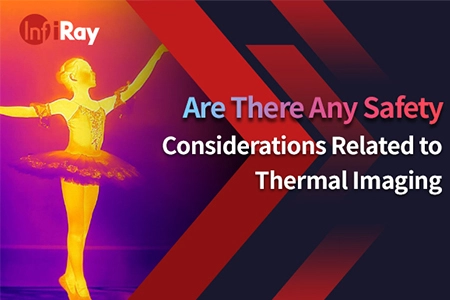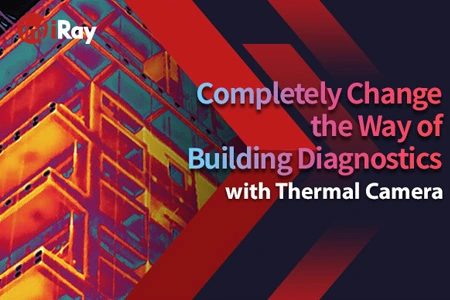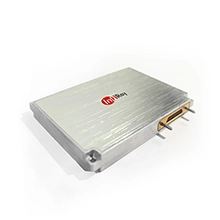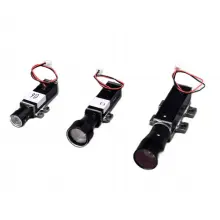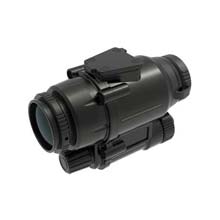Can thermal camera see through smoke or fog
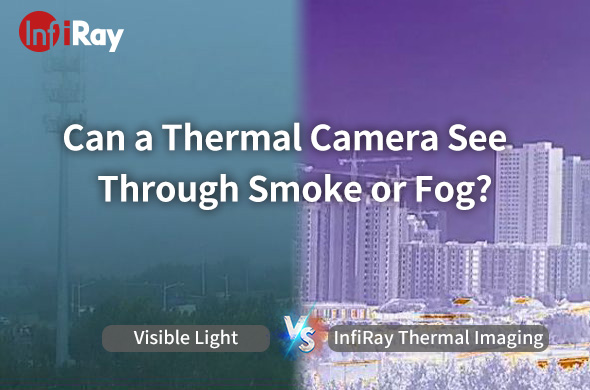
Thermal cameras have become increasingly popular in recent years, thanks to their ability to detect infrared radiation emitted by objects and convert it into visible images. This technology has a wide range of applications, including security, firefighting, and even in everyday use. One of the most common questions about thermal cameras is whether they can see through smoke or fog. In this article, we will explore the answer to this question in more detail.
Thermal cameras work by detecting the heat signatures of objects. They are designed to capture the infrared radiation that is emitted by all objects with a temperature above absolute zero (-273.15°C or -459.67°F). This radiation has longer wavelengths than visible light and can penetrate through certain materials that visible light cannot, such as smoke and fog.
Smoke and fog are two common atmospheric phenomena that can severely limit visibility. In firefighting situations, for example, smoke can obscure firefighters' vision and make it difficult for them to locate individuals or navigate through a building. Similarly, fog can reduce visibility on roads, making it harder for drivers to see other vehicles or obstacles. Thermal cameras can be used in these situations to penetrate through smoke and fog and detect objects that are otherwise invisible to the naked eye.
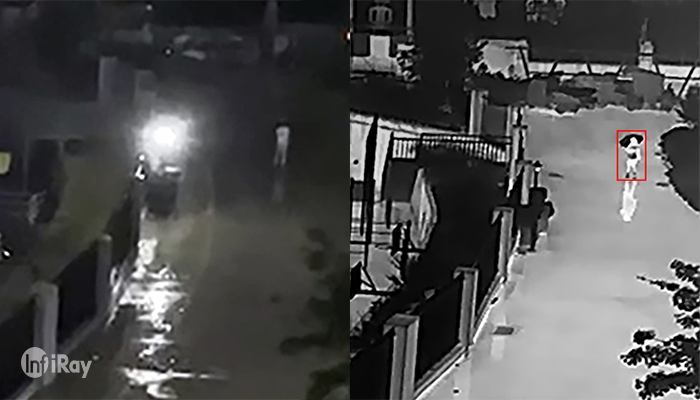
Using InfiRay IR-Pilot Automotive Infrared Camera in rainy weather can reduce traffic accidents caused by poor visibility
However, it's important to note that thermal cameras are not magic devices that can see through any amount of smoke or fog. They have their limitations and are affected by various factors, including the thickness of the smoke or fog layer, the temperature of the objects behind the smoke or fog, and the sensitivity of the thermal camera itself.
For example, in a dense smoke-filled environment, the thermal camera's effectiveness can be reduced. Smoke is made up of tiny particles of carbon, water, and other materials that absorb and scatter the infrared radiation emitted by objects. The more smoke there is, the less infrared radiation reaches the thermal camera, and the less effective it is at detecting objects beyond the smoke layer.
In addition, the temperature of the objects behind the smoke or fog can affect the thermal camera's ability to detect them. If the objects are cooler than their surroundings, they will emit less infrared radiation and be harder to detect. Conversely, if the objects are hotter than their surroundings, they will emit more infrared radiation and be easier to detect.
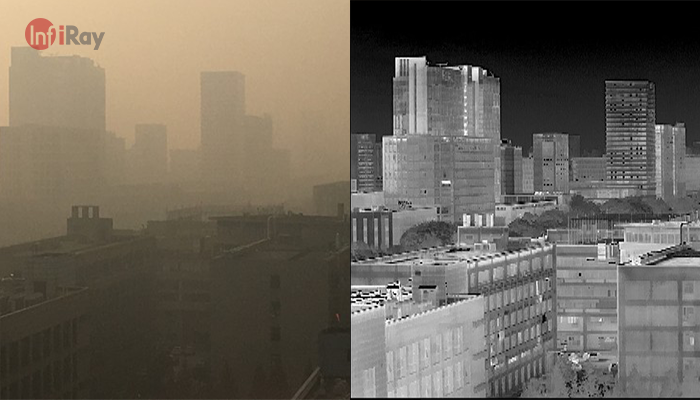
Even in foggy weather, the InfiRay thermal camera can still see buildings in the distance
Another factor that can affect the thermal camera's effectiveness is its sensitivity. Some thermal cameras are more sensitive than others, meaning they can detect smaller temperature differences and are more effective in low-visibility conditions. However, more sensitive thermal cameras are also more expensive and may not be necessary for all applications.
Despite these limitations, thermal cameras can still be extremely useful in situations where smoke or fog is present. One of the main advantages of thermal cameras is their ability to detect temperature differences between objects. This makes them particularly useful in firefighting situations, where firefighters need to locate individuals who may be trapped inside a smoke-filled building.
When a thermal camera is used in a smoke-filled environment, it can detect the heat signatures of objects beyond the smoke layer, such as the human body. This is because the human body emits a significant amount of infrared radiation, even through thick smoke. The thermal camera can detect this radiation and create an image of the body's heat signature, allowing firefighters to locate the individual and rescue them.
In addition, thermal cameras can be used to detect hotspots or smoldering fires that may not be visible to the naked eye. In industrial settings, machinery or equipment can generate heat that can lead to fires. Thermal cameras can detect the heat signature of these hotspots, allowing maintenance personnel to identify potential hazards and take corrective action before a fire occurs.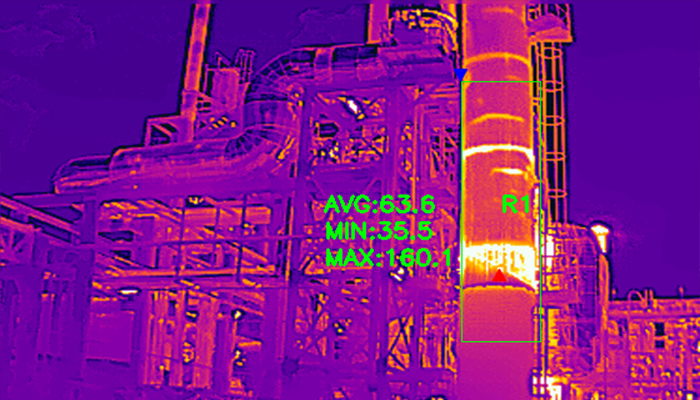
InfiRay thermal cameras are very useful in industrial fire protection
Thermal cameras can also be used in other applications where visibility is limited, such as search and rescue operations, surveillance, and patrol. In search and rescue operations, thermal cameras can be used to locate individuals who are lost or injured in remote areas or look for people in need of rescue obscured by the dense fog that often rises in vegetated areas. The thermal camera can detect the heat signature of the individual's body, even if they are hidden by trees or other obstacles. This can greatly increase the chances of a successful rescue.
In patrol applications, thermal cameras can be used to detect individuals who are trying to cross the observing area. The thermal camera can detect the heat signature of the individual's body, even if they are hiding in bushes or other cover or someone trying to rely on the rain, snow and fog to do their own cover. This can help patrol agents locate and apprehend individuals who are attempting to enter the area without permission.
In sum, thermal cameras can see through smoke and fog to a certain extent, but their effectiveness is limited by various factors such as the thickness of the smoke or fog layer, the temperature of the objects behind the smoke or fog, and the sensitivity of the thermal camera itself. Despite these limitations, thermal cameras can still be extremely useful in situations where visibility is limited, such as firefighting, search and rescue operations, and patrol.
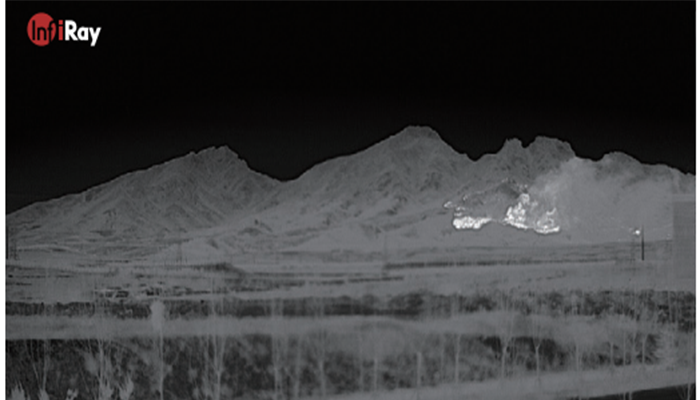
Hill fires were detected using InfiRay thermal imaging cameras
If you're considering purchasing a thermal camera for any of these applications, it's important to choose a camera that is appropriate for your specific needs. Factors to consider include the camera's sensitivity, resolution, and durability. It's also important to choose a camera that is compatible with any existing equipment or software you may have.
In conclusion, thermal cameras are an important tool in many industries, providing valuable information in situations where visibility is limited. While they don't always provide a magic solution when it comes to seeing through smoke and fog, they can provide a wider range of solution ideas in a wide range of applications. If you're considering purchasing a thermal camera, do your research to ensure that you choose a camera that meets your specific needs.








